The Dutch denim brand has revamped jeans retailing with its new Oxford Street flagship.
Oxford Street shopping mostly consists of department stores and mid-market retail stalwarts. The famous street is not, however, home to single-brand denim offers of the kind readily found on neighbouring Regent Street.
The reason for that is probably ‘clustering’ - like-minded retail propositions and brands setting up shop in close proximity, in spite of the fact that they are in competition. It’s all about creating destinations that are known for something and giving shoppers a reason to visit.
It is a surprise therefore that Dutch denim brand G-Star Raw has opted to open a flagship on Oxford Street, away from the other denim stores that are to be found on Regent or Carnaby Street.
The 5,382 sq ft store is in the former Carphone Warehouse flagship - Carphone sold on its lease on the unit in the middle of last year for a sum that was rumoured to be north of £2.5m.
Now the space has been transformed and turned into the kind of state-of-the-art denim store that consumers of better-end jeans expect when they head for the shops. G-Star Raw, however, says that its objective when designing and fitting out this two-floor unit was to “challenge the conventions of traditional denim stores”.
The major difference between this store and other jeans retailers is that it lacks a denim wall. The denim wall is the diagnostic sign that the shopper is in a jeans store and the theory has often been posited that visual merchandising of this sort stands as a statement of intent - if the shopper takes the time, there will be something to his or her liking.
Removing this from the denim store design blueprint is therefore a radical step, notes Pieter Kool, art director 3D design at G-Star. He says: “Most of our previous stores have a denim wall, which is impressive and certainly shows a lot of muscle. But with online retailing being as strong as it is, showing that you have a lot is not as strong as it was 10 years ago.” He adds: “This store is about being a creative filter - we are both the designers and the editors of what the shopper sees.”
Split-level store design
There is more to this store than not having a jeans wall. Trading from two levels, ground and basement, two relatively different interiors have been created.
The ground floor is sternly ‘industrial’ and has mannequins attached to the right-hand wall towards the front that look as if they could either be victims of something unspeakable or perhaps part of an invading force.
This floor is home to menswear and a long table runs along the middle that has “floating” pairs of legs above it, allowing shoppers to see the various fits that are on offer. Beneath this, the grey table has drawers that Kool says contain the various denim washes across each style. Above the table, lighting is provided by a series of white neon tubes that run in a line.
And if all of this still proves insufficient, to the right there is a series of iPads, arranged in a line, for customers to take a look at the wider G-Star Raw offer.
Glance further around the store and it’s a collation of raw concrete, black metal and further garments side-hung around the perimeter. The aim of offering male shoppers a sternly masculine environment has been achieved.
Metal stairs towards the back of the floor lead to a small mezzanine that has been turned to good use as a stockroom, offering staff easy access and fostering the sense that what you see is what you get in this store. Kool notes that stockrooms are frequently hidden away by retailers and that, if shoppers could see the back-of-shop, they might not feel quite as good about the polished showrooms out front.
Warming up womenswear
Heading down the spiral steel mesh and concrete staircase, it’s womenswear and here, although the sense remains industrial, the overall ambience is softer. “Men and women do shop differently and we want to serve each in the best way that we can. Downstairs is a bit warmer,” says Kool. And, as well as being marginally less stark than upstairs, the fitting rooms on this level are particularly noteworthy.
They occupy a large portion of one end of the floor and are not accessed by a narrow entrance, as is the case with many retailers, but by a large and welcoming continuation of the floor with an area fronting the curtained fitting room cubicles in which accompanying shoppers can relax.
An additional touch is the denim robe provided in each fitting room. This has been well thought through. Kool makes the point that fitting rooms “are one of the big advantages that we have over online shopping, so we’ve dedicated a lot of space to this. Trying on clothes should be a fun thing, it should be like a party, as well as being super-functional.”
The final element that Kool says sets this store apart from rivals is that the cash-taking occurs at a block in the mid-shop. “If it’s a desk with a wall behind it, it creates a distance between the staff and the customer. By placing it in the middle of the floor, you have a much more informal approach. The concept is a bit like a concierge desk in a good hotel,” he says.
This store is unusual for Oxford Street and has had considerable design capital invested in it. The fit-out has taken around three months and it is a transformation from what was there before.
Kool notes: “We took a lot more out than we brought back in.” This is apparent and, while consumers may baulk at jeans where the entry price for men is £85, rising to more than £200, the design may serve to help overcome the barrier.
G-Star Raw, Oxford Street
Opened December 17, 2013
Size 5,382 sq ft
Number of floors Two
Design In-house
Ambience Industrial




















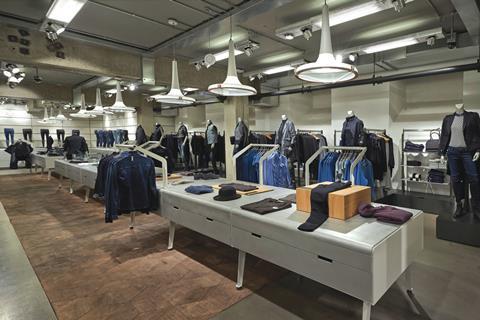
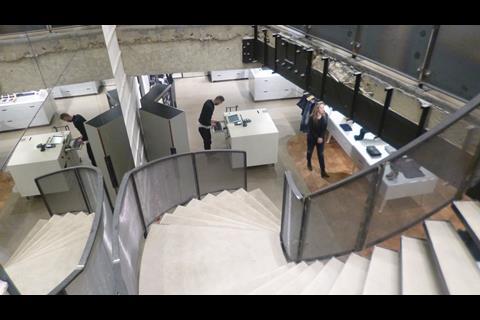
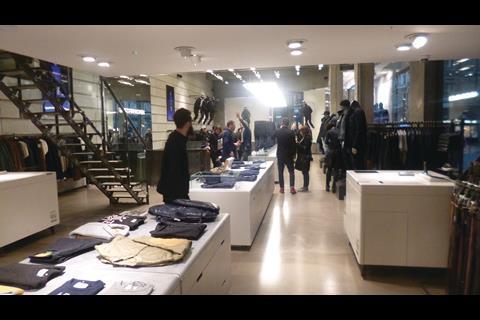
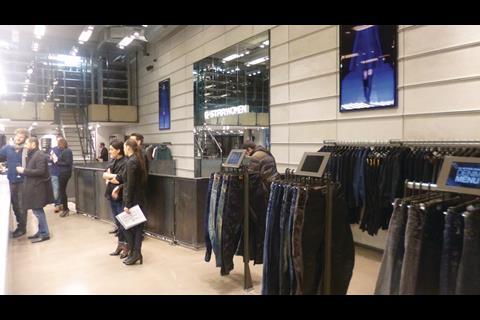



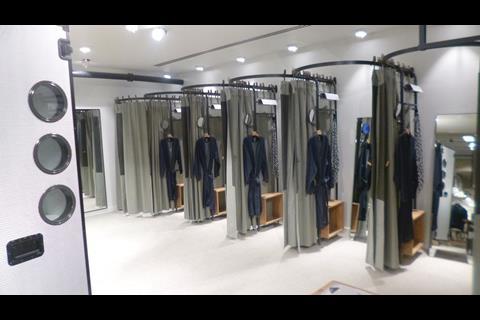
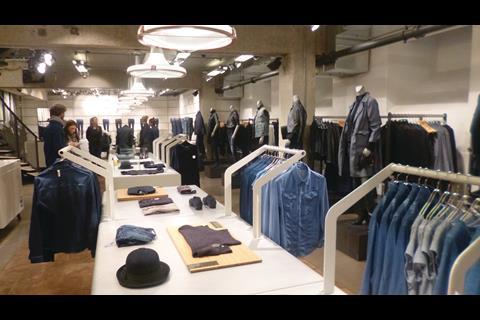
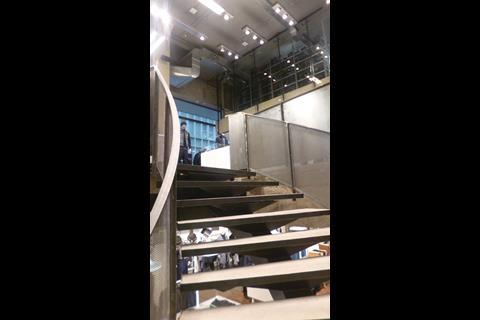
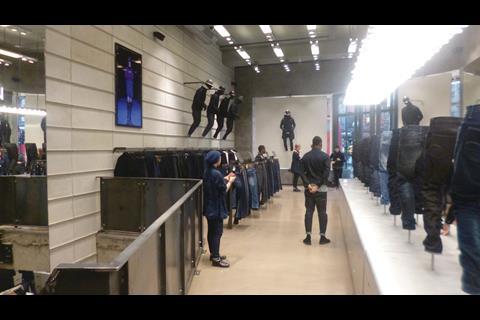
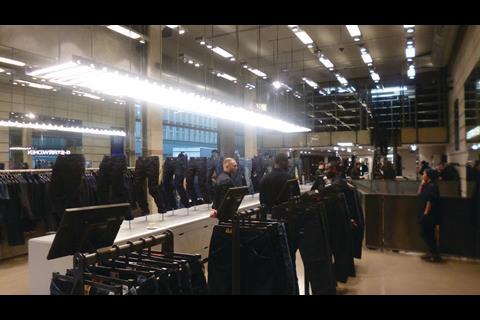

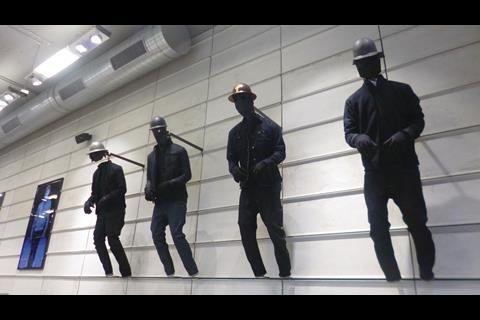

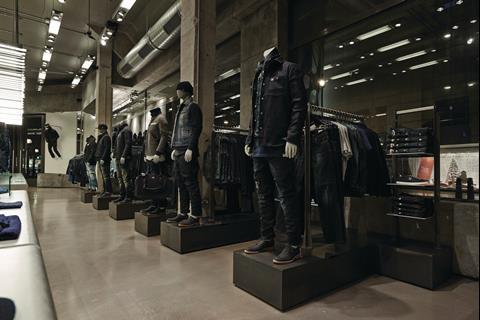
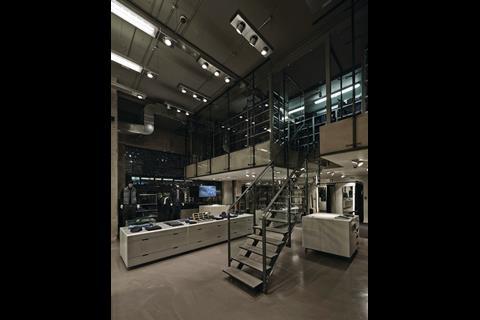



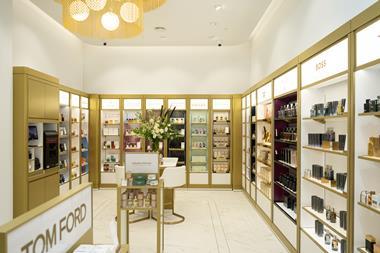




No comments yet